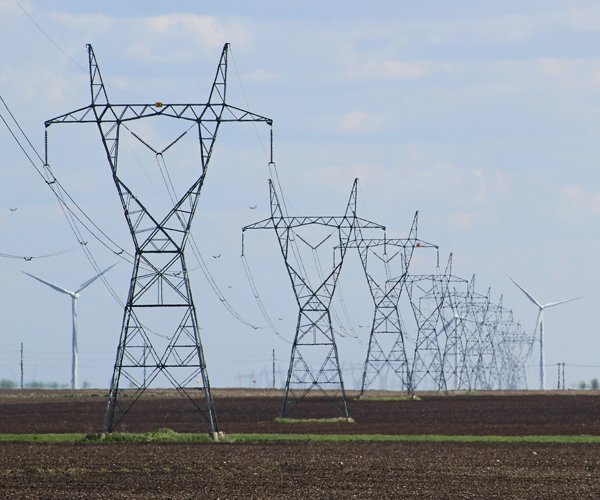Reading time: Less than 1 minute
This is my weekly installment of “writing about writing,” in which I scan the world to find websites, books and articles to help other writers. Today I discuss a blog post about the importance of transitions….
I’ve long thought that mature, sophisticated writers use almost an inordinate number of transitions. Do you know what I mean by that word?
Transitions are words, phrases or stylistic devices that help pull the reader from one sentence to the next. “Bridges” or “connectors” are two other words that capture the same idea and I’ve written about them here. (Pay particular attention to the list of more than 50 such items I give at the end of the post. “And” and “but” are two of my favourites.)
Writer Elizabeth Spann Craig blogged about the topic in a post headed, “Quick Reminder on Transitions.”
Here is part of what she wrote:
“Transitions are one of those things that, when they work, are nearly invisible to readers. When they don’t work (they’re choppy, wordy, or completely absent), they can pull readers right out of a story.”
Craig is speaking about transitions for fiction, which I believe are often more complex than the ones required for non-fiction. Novelists need to take a more structural approach to transitions, focusing on the transitions between scenes in a story.
Another post that Craig cites, “How to Create Smooth Scene Transitions” by young adult novelist Jason Black, does an excellent job or explaining this concept.
An earlier version of this post first appeared on my blog on Aug. 17/20.


